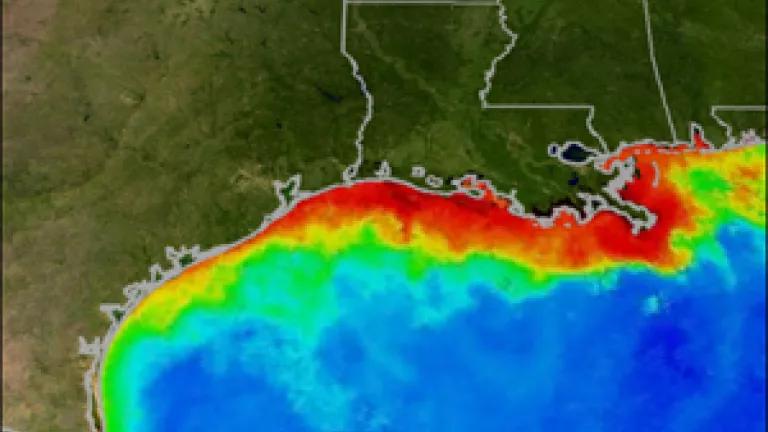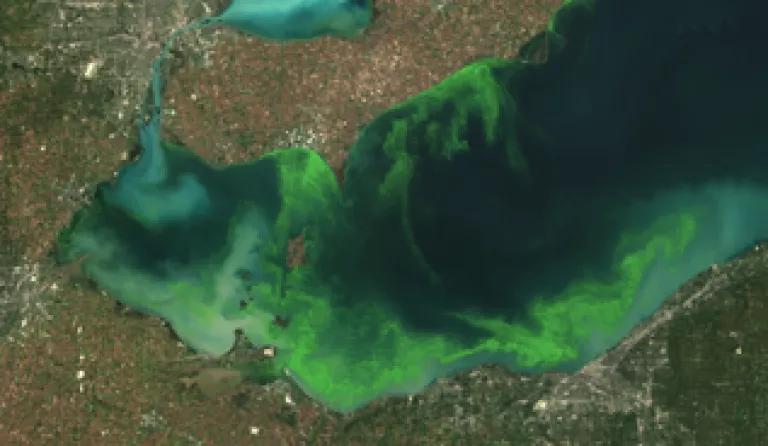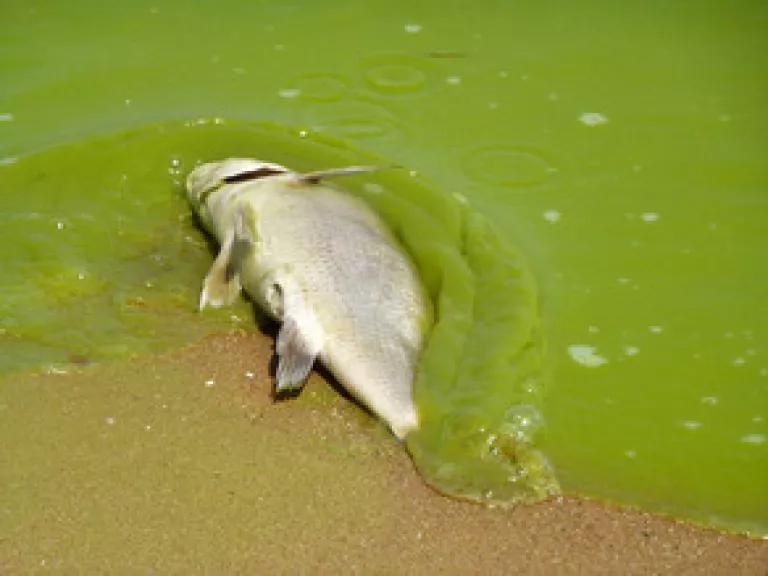
The federal district court for the Eastern District of Louisiana late Friday afternoon handed a victory to NRDC and its coalition partners in our challenge to EPA’s refusal to address the pollution-fueled “dead zone” in the Gulf of Mexico. The court agreed with us that EPA’s response to our plea for federal intervention in this ecological crisis was a squishy non-answer rather than the clear yes or no that the Clean Water Act requires. The court gave EPA 180 days to respond to the question we asked in our petition – which is whether EPA needs to step in and put limits on the algae-fueling pollution that is causing the dead zone and choking waterways around the nation with green sludge.
In the simplest terms, the court ordered EPA to remove its head from the sand and make a decision whether to be part of the solution or part of the problem. It’s a short and satisfying answer to a long and decidedly unsatisfying history of dithering inaction by EPA. As described in earlier posts, our nation’s waters have become increasingly polluted by nitrogen and phosphorus – which are great fertilizers, but when you dump fertilizer into the water it fuels the growth of algae, which in turn chokes out other aquatic

life. One of the most devastating consequences of this pollution has been the emergence of the dead zone in the Gulf of Mexico – an area the size of Connecticut where algal growth has driven levels of oxygen so low that virtually nothing can live there. Lake Erie is another sad example – the algae that was once bad enough to merit a mention in The Lorax is coming back, and the Lake is now filled with so much toxin-emitting green slime that the western part looks bright green from space. The sources of this pollution include agriculture, stormwater runoff, and sewage treatment plants.
EPA has been acknowledging for more than a decade that this problem is severe, calling the nationwide damage from algae pollution a “sobering picture and a compelling reason

for more urgent and effective action.” More to the point, EPA has repeatedly gone on record saying that states have not done enough to solve the problem, and that federal action is hence necessary to set numeric limits on nitrogen and phosphorus to aid the process of setting discharge limits in permits. Yet when NRDC and some of our partners in the Mississippi River Collaborative filed a petition in 2008 asking that EPA render a formal decision that federal action is necessary, the agency balked. Perhaps shaken by the fierce industry opposition to its effort to set such limits in Florida, EPA simply refused to answer our question, saying only that setting federal limits if they were necessary would be a lot of time and trouble.
But EPA’s days of waffling are now over. The court has ordered it to tell us, point blank, whether federal intervention is or is not necessary to address the problem.
The court did not tell EPA what the answer should be, because we didn’t ask it to. Under the Clean Water Act, it is EPA’s decision to make in the first instance. But the law requires that any decision EPA makes be rational and supportable, and driven by facts not politics. EPA scientific and technical experts have repeatedly made the case in recent years both that the algae problem is severe, and that states are never going to solve it on their own. We hope the Agency will listen to those experts in making its decision whether federal standards are necessary, rather than listening to its political fears and desire to hide from the problem.
Photos courtesy of NOAA

